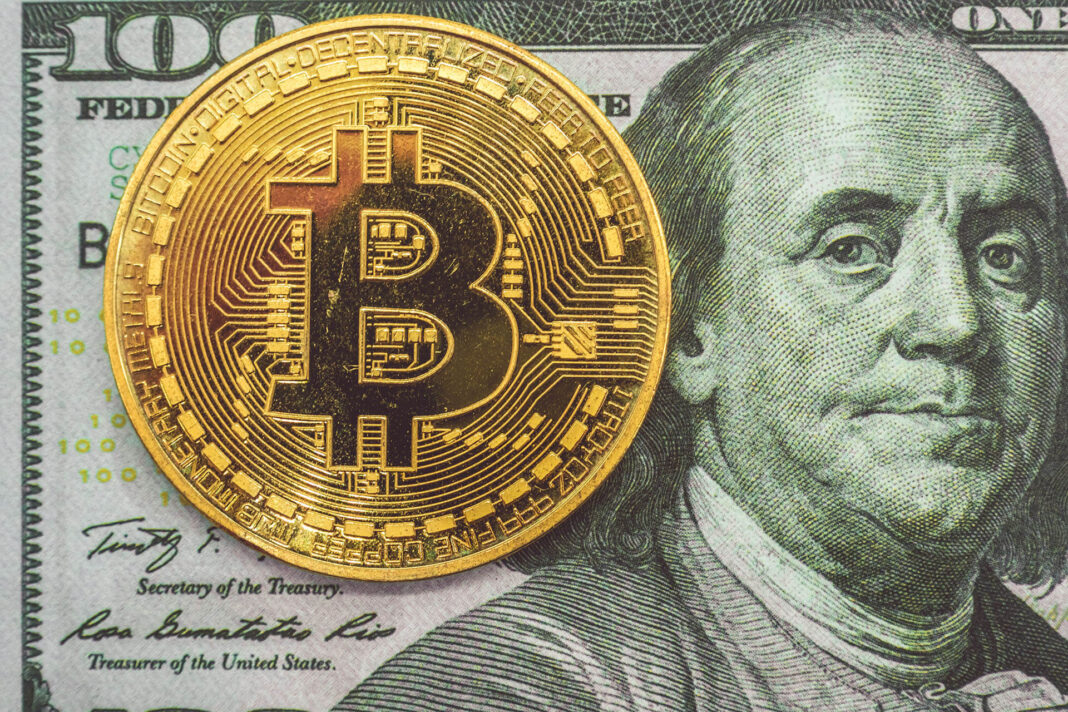The price of Bitcoin, the world’s first and most well-known cryptocurrency, is determined by a complex interplay of various factors, including supply and demand dynamics, market sentiment, competition from other cryptocurrencies, and regulatory developments. Understanding these elements is crucial for anyone looking to invest or participate in the Bitcoin ecosystem.
Supply and Demand
The fundamental economic principles of supply and demand are primary drivers of Bitcoin’s price. Bitcoin’s supply is capped at 21 million coins, a feature that ensures scarcity. As of now, a significant portion of these coins has already been mined, and the rate of new coins entering the market decreases approximately every four years through a process known as “halving” (Investopedia) (Bitcoin). This limited supply, combined with growing demand, tends to drive up prices.
Market Sentiment
Investor sentiment plays a significant role in Bitcoin’s price fluctuations. Market participants, ranging from retail investors to large institutional players, drive demand based on their perceptions of Bitcoin’s future value. Positive news, such as the approval of Bitcoin Exchange-Traded Funds (ETFs) or major companies adopting Bitcoin, can lead to price surges. Conversely, negative news, such as regulatory crackdowns or security breaches, can result in sharp declines (Investopedia).
Competition
Bitcoin faces competition from other cryptocurrencies, which can affect its market share and price. Ethereum, for instance, has gained traction due to its smart contract capabilities and dominance in the decentralized finance (DeFi) space. As new cryptocurrencies are introduced and gain popularity, Bitcoin’s dominance in the market can diminish, influencing its price dynamics (Investopedia) (Bitcoin).
Regulatory Environment
Regulatory developments are another critical factor. Bitcoin operates in a largely unregulated environment, but changes in regulations can significantly impact its price. For example, when the U.S. Securities and Exchange Commission (SEC) approved the first Bitcoin futures ETF, Bitcoin’s price saw a substantial increase. On the other hand, regulatory bans, such as China’s prohibition on Bitcoin trading and mining, have historically led to price drops (Investopedia) (Investopedia).
“Bitcoin’s supply is capped at 21 million coins, a feature that ensures scarcity. This limited supply, combined with growing demand, tends to drive up prices.“
Historical Trends
Bitcoin’s price history is marked by significant volatility, characterized by dramatic price increases followed by steep declines. For instance, Bitcoin reached an all-time high of $69,000 in November 2021, only to fall to around $40,000 a few months later. Such patterns indicate that while Bitcoin can achieve substantial gains, it is also prone to considerable losses (Investopedia).
Conclusion
In essence, the price of Bitcoin is set through a combination of limited supply, fluctuating demand, competitive pressures, market sentiment, and regulatory factors. Investors should consider these aspects and the inherent volatility when engaging with Bitcoin. While the potential for high returns exists, so does the risk of significant losses, making thorough research and a cautious approach essential for prospective investors.



